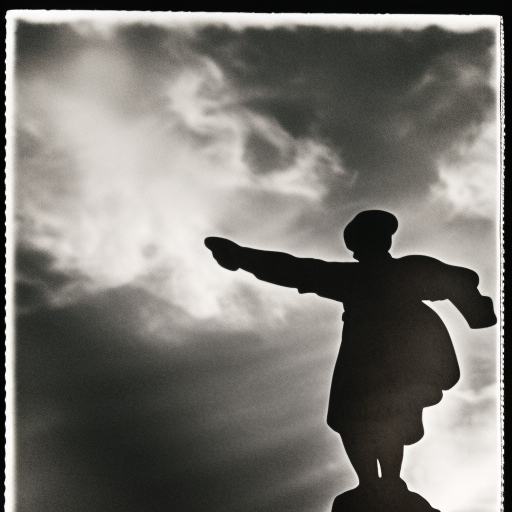Summary:
Michelangelo was an Italian sculptor, painter, architect, and poet who played a significant role in the development of Western art during the High Renaissance. He is best known for his masterpieces, including the sculpture of David and the painting of the Sistine Chapel ceiling. Michelangelo’s work had a profound impact on the art world and continues to be admired and studied to this day.
Early Life and Education:
Michelangelo di Lodovico Buonarroti Simoni was born on March 6, 1475, in Caprese, Italy. He grew up in Florence, where he was exposed to art at an early age. Recognizing his talent, his father sent him to study under the painter Domenico Ghirlandaio. During this time, Michelangelo also developed a passion for sculpture and began studying under the sculptor Bertoldo di Giovanni.
Artistic Career:
Michelangelo’s artistic career spanned over seven decades, during which he created numerous iconic works. One of his earliest notable sculptures is the “Pieta,” a depiction of the Virgin Mary holding the body of Jesus. Completed when he was only 24 years old, the sculpture showcased his exceptional talent and attention to detail.
In 1501, Michelangelo was commissioned to create a statue of David for the Florence Cathedral. The resulting masterpiece, standing at over 17 feet tall, became one of the most famous sculptures in the world. Its portrayal of the biblical hero David embodies the ideals of the Renaissance, showcasing both physical strength and intellectual prowess.
Michelangelo’s artistic abilities extended beyond sculpture. In 1508, he was commissioned by Pope Julius II to paint the ceiling of the Sistine Chapel in Rome. This monumental task took him four years to complete and resulted in one of the greatest achievements in Western art. The ceiling frescoes depict various scenes from the Bible, including the Creation of Adam, The Last Judgment, and The Flood.
Architectural Contributions:
In addition to his sculptures and paintings, Michelangelo also made significant contributions to architecture. He was involved in the design and construction of several buildings, including the Medici Chapel and the Laurentian Library in Florence. His architectural style combined classical elements with innovative ideas, showcasing his ability to push the boundaries of traditional design.
Legacy:
Michelangelo’s impact on the art world cannot be overstated. His works continue to inspire and influence artists to this day. His mastery of anatomy, his ability to capture emotion, and his attention to detail set him apart as one of the greatest artists in history.
Michelangelo’s influence extended beyond his own lifetime. His innovative techniques and artistic vision paved the way for future generations of artists. His work continues to be studied and admired by art historians, and his sculptures and paintings are treasured in museums and galleries around the world.
In conclusion, Michelangelo’s artistic genius and his contributions to Western art make him one of the most celebrated figures in history. His sculptures, paintings, and architectural designs continue to captivate audiences and serve as a testament to his enduring legacy.












